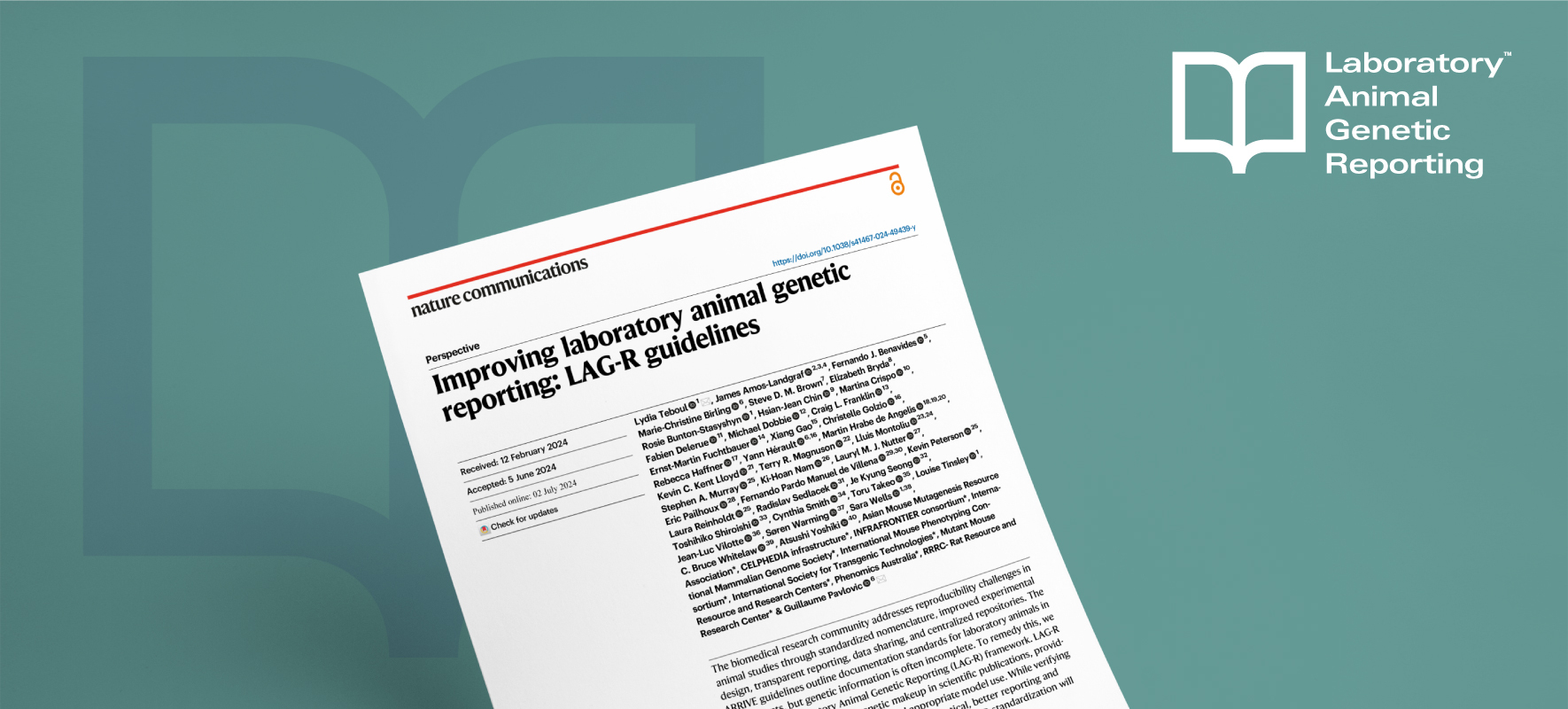A new intellectual disability syndrome has been described. Using a mouse with remarkably similar traits, researchers now reveal how mutations in the β-catenin gene could cause it.
Syndrome’s genetic cause identified A new intellectual disability syndrome has been described in patients. Using a mouse with remarkably similar characteristics, researchers now reveal how mutations in the β-catenin gene could cause it. β-catenin and the brain: MRI brain scans for a normal mouse (left) and the batface mutant (right) Our Neurobehavioural Genetics group, led by Patrick Nolan, has been working closely with other institutions in Italy and the Netherlands to document the clinical features of four patients with a new intellectual disability syndrome, all of which have dominant mutations in the β-catenin gene. A mouse identified with a similar phenotype and a mutation in the same gene has been used to investigate the underlying cause. This genetic model provides a valuable new tool to study β-catenin’s role in behaviour and cognition, and will allow us to understand and treat intellectual disability and other cognitive disorders. The major feature of the syndrome was intellectual disability, which ranged from mild to severe, with autism spectrum disorder. In childhood, the patients had muscle weakness, with hypertonia and progressive spasticity in their legs. This was associated with development of unusual craniofacial features, with a small head (microcephaly) and an underdeveloped corpus callosum (hypoplasia). All had mutations in the β-catenin gene, to which these characteristic phenotypes were attributed. β-catenin has a dual function, with crucial roles in both Wnt signalling and cell adhesion. It achieves the latter of these by interacting with cadherins on the cell membrane, forming a link to the actin cytoskeleton. This β-catenin/cadherin interaction is needed for synapses, the main form of communication within brain networks, to function. It therefore follows that mutations which prevent β-catenin from functioning can lead to behavioural and cognitive deficits. Using high-throughput genomics approaches, different groups in The Netherlands and US have implicated β-catenin in both autism spectrum disorder and intellectual disability. Using the ENU mutagenesis screen at MRC Harwell, researchers in the Neurobehavioural Genetics group identified a mouse line with an inherited mutation in β-catenin, which they discovered to be a substitution of threonine 653 by lysine. This mutation significantly reduced β-catenin’s ability to interact with cadherins. It shared many of the same phenotypes observed in the patients, including craniofacial and brain abnormalities, and was named ‘batface’ (Bfc), due to its characteristic broad facial features. Batface has and an abnormally rounded brain shape, enlarged at the sides and smaller at the front and back, and MRI scans revealed a striking deficit in corpus callosum connections between the two hemispheres. As might be expected from this, batface mice had substantial behavioural and cognitive deficits, with particular difficulty in tests measuring decision-making, learning and memory. This research has revealed the vital role β-catenin plays in cognition, and highlights the devastating consequences of mutations that disrupt its function. It is hoped that this mouse model will enable this syndrome to be studied in more detail, and will ultimately lead to new treatments for patients. Tucci et al. (2014) Dominant β-catenin mutations cause intellectual disability with recognizable syndromic features. J Clin Invest. 124:1468-82.


